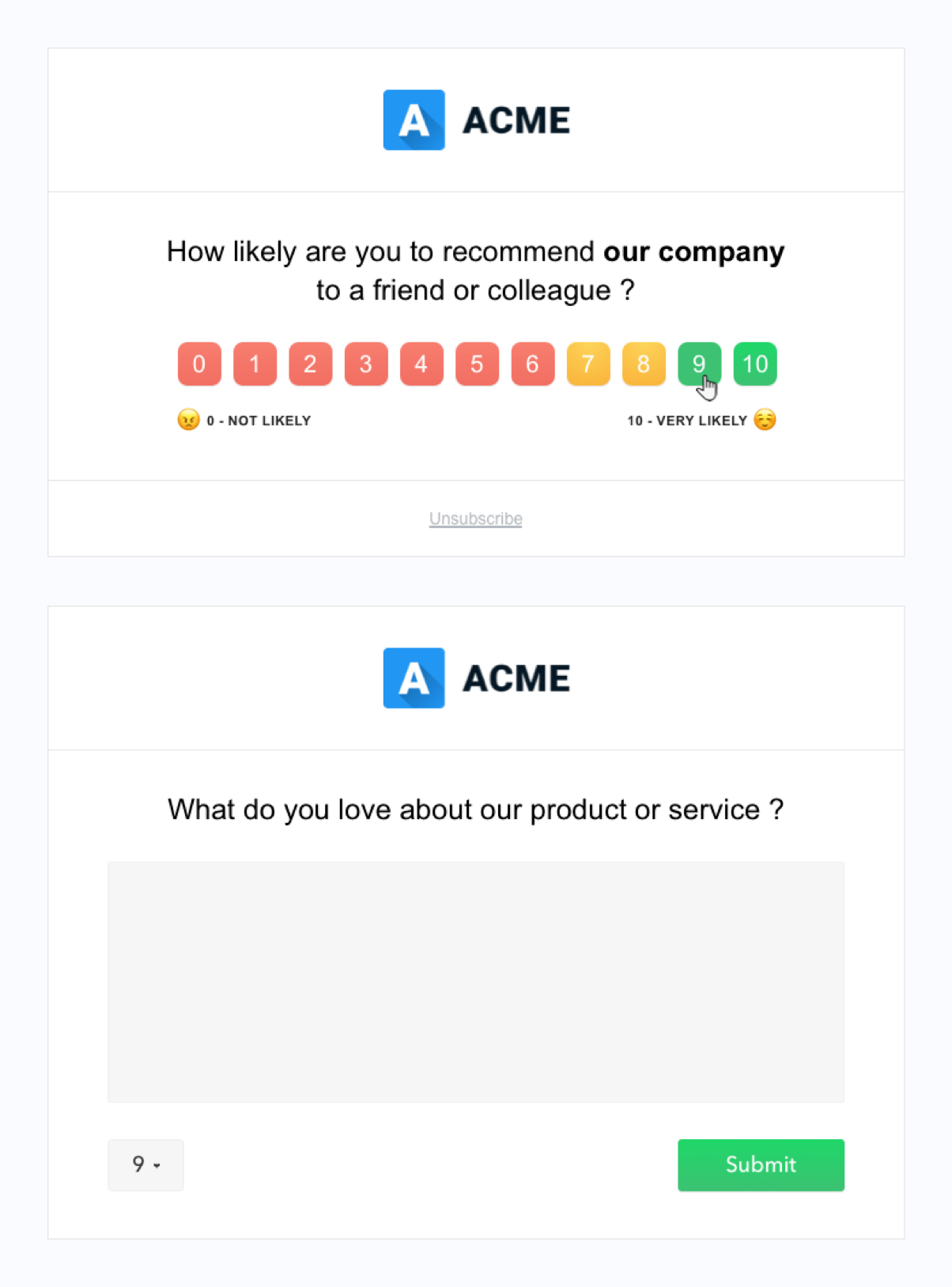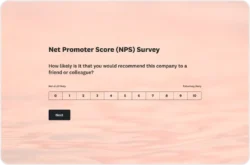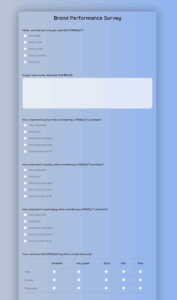Understanding what your customers truly think and feel about your business is absolutely critical for growth. That’s where the Net Promoter Score, or NPS, comes in. It’s a simple yet powerful metric used worldwide to gauge customer loyalty and predict business growth. While the core question is straightforward, putting together an effective survey to collect this feedback and, more importantly, act on it, requires a well-thought-out approach. This is where a robust net promoter score nps survey template becomes incredibly valuable, providing a structured way to gather insights without reinventing the wheel every time.

A great template doesn’t just ask the main NPS question; it guides you through asking the right follow-up questions to understand the ‘why’ behind the score, helping you convert passive customers into advocates and address the concerns of detractors. It ensures consistency across your surveys, making data comparison over time much more reliable. Plus, it saves you a ton of time, allowing you to focus on the insights rather than the survey design itself.
Designing an Effective Net Promoter Score NPS Survey Template
When you set out to design your net promoter score nps survey template, the cornerstone is always the ultimate question: “On a scale of 0 to 10, how likely are you to recommend [Company/Product/Service] to a friend or colleague?” This single question is what categorizes your customers into three distinct groups. Those who respond with a 9 or 10 are your Promoters – your enthusiastic loyal customers. Respondents giving a 7 or 8 are Passives – satisfied but unenthusiastic, susceptible to competitive offerings. Finally, those who score between 0 and 6 are Detractors – unhappy customers who can damage your brand through negative word-of-mouth.
While the score itself provides a high-level metric, it’s the qualitative feedback that truly unlocks actionable insights. Without understanding the ‘why’ behind a customer’s score, you’re left with a number but no clear path for improvement. This is precisely why your template needs to incorporate open-ended follow-up questions immediately after the main NPS question. These questions are designed to elicit specific reasons for the given score, whether positive or negative, allowing you to pinpoint strengths to leverage and weaknesses to address.
Key Follow-Up Questions to Include
Tailoring follow-up questions based on the initial score can significantly enhance the quality of feedback. Here are some essential questions to consider for your template:
- For Promoters (9-10): “What was the primary reason for your score?” or “What did you like most about your experience?” These questions help you identify your core strengths and what truly delights your customers.
- For Passives (7-8): “What could we do to improve your experience?” or “What was missing or could have been better?” This feedback is gold, as it often highlights minor friction points that, if resolved, can convert Passives into Promoters.
- For Detractors (0-6): “What disappointed you about your experience?” or “How can we improve?” This gives you a direct line to understand critical pain points and opportunities for service recovery.
- General: “Is there anything else you would like us to know?” This open-ended question provides an opportunity for customers to share anything not covered by previous questions.
Beyond the questions themselves, the structure and length of your survey matter. Keep it concise. Customers are busy, and a long, complicated survey can lead to abandonment or poor-quality responses. Aim for clarity in your language, avoiding jargon or ambiguous phrasing. A well-designed net promoter score nps survey template minimizes friction and encourages honest, detailed feedback.
Implementing and Acting on Your NPS Survey Data
Once you have a solid net promoter score nps survey template, the next crucial step is deploying it effectively and consistently. Consider the best channels for reaching your audience. Email surveys are common, especially for transactional feedback immediately after a purchase or support interaction. In-app surveys work well for software products, while SMS can be highly effective for service-based businesses or for reaching customers on the go. The timing of your survey is also vital; generally, sending it shortly after a significant customer interaction (like a purchase, service call, or project completion) yields the most relevant and accurate feedback.
Collecting data is just the beginning. The real value comes from analyzing it. To calculate your NPS, simply subtract the percentage of Detractors from the percentage of Promoters. Passives are counted in the total number of respondents but do not directly influence the score. However, their qualitative feedback is incredibly important. Beyond the single score, dive into the comments. Categorize them by themes or common keywords. Are there recurring issues with product features, customer service, or onboarding? Are specific aspects consistently praised?
A key differentiator for businesses that truly excel with NPS is their commitment to closing the loop. This means responding to customers, especially Detractors, within a reasonable timeframe. For Detractors, a direct outreach can often turn a negative experience into a positive one, showing the customer that their feedback is valued and acted upon. For Promoters, a thank you and an invitation to share their positive experience online can amplify your brand advocacy. Passives can be engaged to understand what specific improvements would elevate their experience.
NPS is not a one-time project; it’s an ongoing process. Regularly reviewing your NPS score and the underlying qualitative data allows you to track trends, measure the impact of changes you implement, and continuously refine your customer experience strategy. Integrating NPS insights into your product development, marketing, and customer service initiatives ensures that customer voice is at the heart of your operations. It helps you prioritize improvements, allocate resources effectively, and ultimately foster a customer-centric culture within your organization.
Leveraging customer feedback through a well-structured survey is an indispensable tool for any business aiming for sustainable growth. It provides a clear, quantifiable measure of customer sentiment while also delivering the rich qualitative data needed to understand the nuances of their experience. By systematically collecting and analyzing this information, you gain invaluable insights that can directly inform strategic decisions and operational improvements across your entire organization.
Ultimately, a strong focus on your customers’ likelihood to recommend your brand isn’t just about a score; it’s about building lasting relationships and creating a loyal customer base that champions your business. By consistently listening, learning, and adapting based on direct feedback, you pave the way for enhanced customer satisfaction, increased retention, and powerful organic growth through word-of-mouth. This continuous cycle of feedback and improvement ensures your business remains finely tuned to the evolving needs and expectations of your most valuable asset: your customers.



